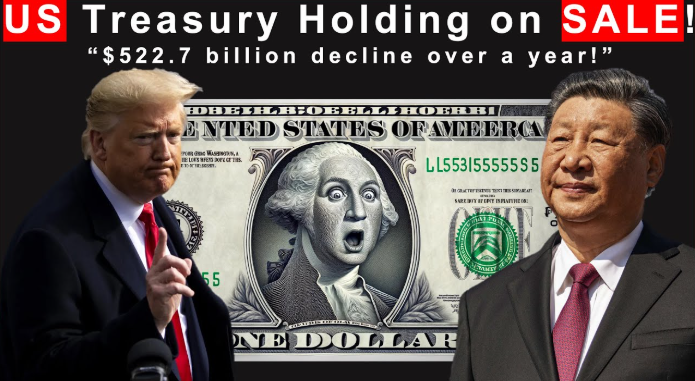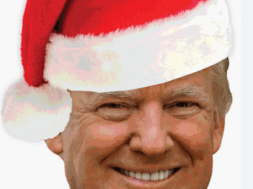
Roving Periscope: To teach Trump a lesson, China may weaponize $760 bn in US Treasury holdings
Virendra Pandit
New Delhi: It was expected. Ever since US President Donald Trump began entangling China in a tariff quagmire, some believed Beijing might, after all, have the ultimate weapon to pin down Washington: USD 760 billion worth of US Treasury holdings.
Beijing reiterated its vow to “fight to the end” last Friday. Not only China, but Japan, Germany, and Norway have also started selling off a massive chink of US Treasury holding.
As Trump scaled up tariffs on Chinese products to a whopping 145 percent last week, the media reported, the People’s Bank of China added gold to its reserves for a fifth straight month. That prompted frantic buying, with more betting that gold is more attractive than the US dollar.
Until now, China has retaliated against President Trump’s escalating tariffs, calling Washington’s actions a “joke” that it no longer considers worthy of matching. Beijing believes it can take a sigh of relief what with China’s holding of USD 760 billion worth of holdings in the US Treasury securities, which makes it America’s second-largest foreign creditor after Tokyo.
Last week, the 10-year yield jumped by 50 basis points to 4.49 percent, the biggest weekly surge since 2001. Some of the sharpest moves were occurring during Asian hours, prompting speculation that Beijing sneaked into this market.
Will China weaponize and dump its holdings?
US Treasury Secretary Scott Bessent brushed this fear aside. In a recent interview with Tucker Carlson, he talked about the beauty of being the world’s biggest borrower. “If you take a bank loan, the bank is in charge. They can repossess whatever you borrowed against. But if you take a big enough loan, you’re kind of in charge of the bank,” he said.
While that’s true in a distressed scenario, the dynamic doesn’t quite work here. Trump’s abrupt tariff U-turn exposed the White House’s Achilles’ heel: He blinked and paused hikes on all nations except China — after watching on TV how the US sovereign bonds tank.
After all, Bessent, who’s now spearheading tariff negotiations, requires a stable bond market to sell into. His department needs to issue roughly USD 2 trillion in new debt this year, besides rolling over about USD 8 trillion in maturing bonds. Every basis point rise in yield would cost the government around USD 100 billion.
But that weakness — that the White House doesn’t want a fiscal crisis — gives China an opening.
Beijing doesn’t even need to sell that many US bonds to perpetuate a bear narrative on world markets. It’s logical that other nations no longer have to hold so many dollars if Trump is determined to use high tariff walls to turn his country into an economic island.
Already, the greenback is losing some of its dominance in international trade and finance. Its share of global reserves declined to 58 percent last year from over 70 percent two decades ago, according to the International Monetary Fund (IMF). Trade tensions aside, US Treasuries have not generated stable total returns in recent years, as an indecisive Federal Reserve switches its stance on interest rates.
That is, in this volatile environment where anti-American, anti-bullying sentiment runs high in many countries, it won’t take much for China to smash the safe-haven status of the US dollar and bonds. Global investors are happy to look elsewhere. Canada’s biggest pension funds, for example, are eyeing Europe as an alternative, attractive spot for parking their capital.
On X (formerly Twitter), billionaire hedge fund manager Bill Ackman praised the White House’s tariff U-turn, calling it “brilliantly executed” and “textbook, art of the deal.”
That’s smart, publicly stroking Trump’s ego, but also disingenuous. On the contrary, his chaotic policymaking exposed his core weakness. Now his own backyard is on fire. China may find use for its USD 760 billion arsenal, the media reported.














